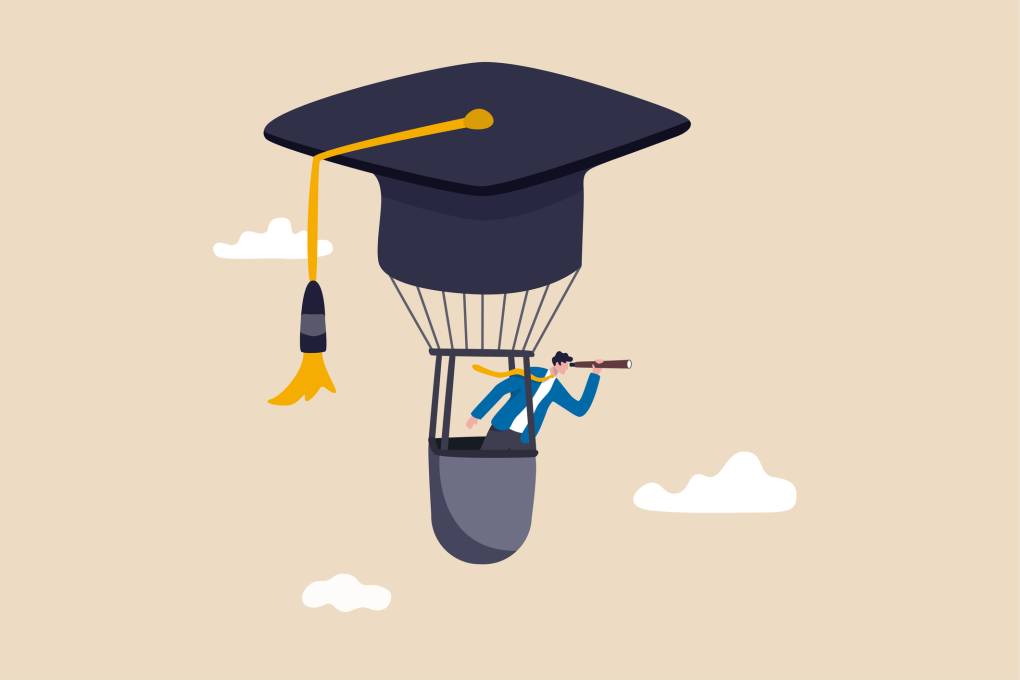
When colleges and campuses close down, students often drop out – MindShift
Very few of any of these closures took place at public colleges or universities. One big exception was Purdue University. It shut down four campuses after it purchased for-profit Kaplan University in 2018 and converted it to a public four-year university called Purdue Global. Most other public closures were small ones, such as the closure of a teacher training site at a local elementary school.
Closures happen for many reasons but generally involve declining student enrollment, which leads to diminishing tuition dollars, a main source of revenue for many colleges. Weak finances have cut off for-profit institutions from the federal student loan program. That suddenly prevents students from obtaining subsidized loans to pay their private tuition bills. Many small liberal arts colleges have struggled to attract students altogether.
The consequences for students at these shuttered campuses are enormous. Fewer than half of them ever re-enrolled in college, according to a November 2022 report by SHEEO and the National Student Clearinghouse Research Center.
The two organizations collaborated on a research project tracking 143,000 students at 467 campuses that closed between 2004 and 2020. As of February 2022, only about a third of the 47 percent of students who succeeded in transferring to another campus completed a degree or a credential. More than 60 percent of the students at a shuttered campus became college dropouts, adding to the large pool of U.S. adults who have student loans and no degree.
“Their schools’ closing effectively closes doors on the students’ educational dreams,” said Shapiro. “It is a serious hardship for the students.”
After a campus closure, students often have to apply as a transfer student to a new institution. Shapiro explained that it’s difficult for students to find a college that will accept all the credits that they’ve already earned. It’s even more challenging to find a college with a similar degree program or major without having to start over again with new prerequisites.
Rachel Burns, senior policy analyst at SHEEO, is urging state regulators to make sure all colleges have contingency plans, known as “teach-out plans,” in place so that students are automatically transferred with all of their accumulated credits to another institution. That will be even more important as SHEEO predicts sharp declines in student enrollment and tuition revenue in the years ahead.
This story about colleges closing was written by Jill Barshay and produced by The Hechinger Report, a nonprofit, independent news organization focused on inequality and innovation in education. Sign up for the Hechinger newsletter.
Stay connected with us on social media platform for instant update click here to join our Twitter, & Facebook
We are now on Telegram. Click here to join our channel (@TechiUpdate) and stay updated with the latest Technology headlines.
For all the latest Education News Click Here
For the latest news and updates, follow us on Google News.

